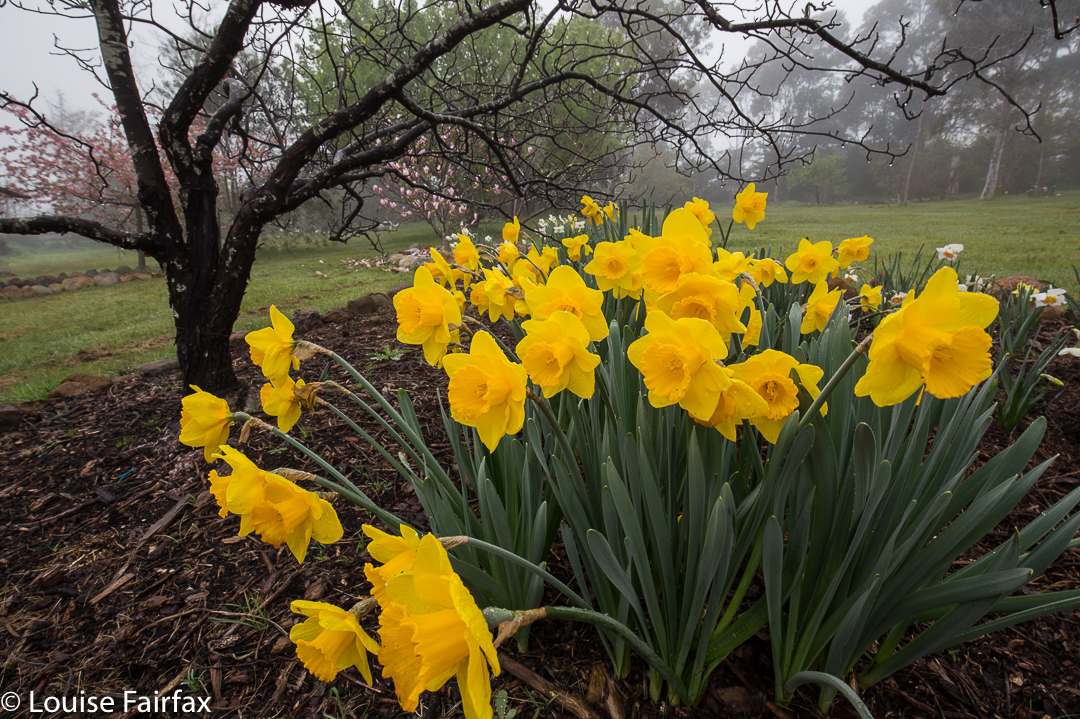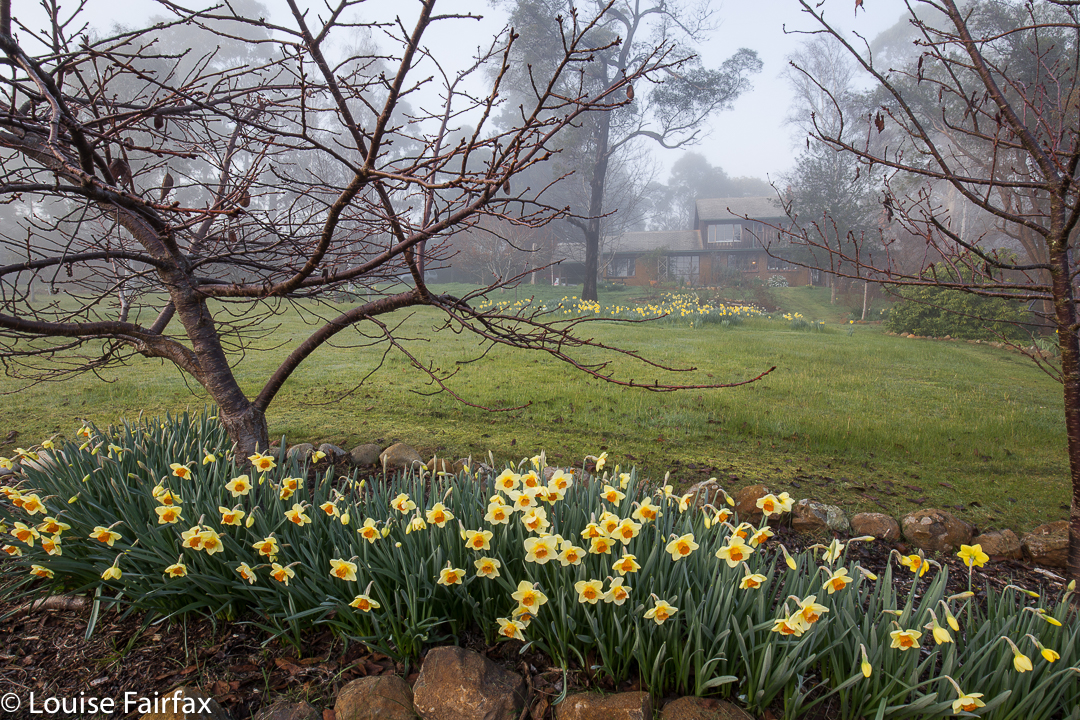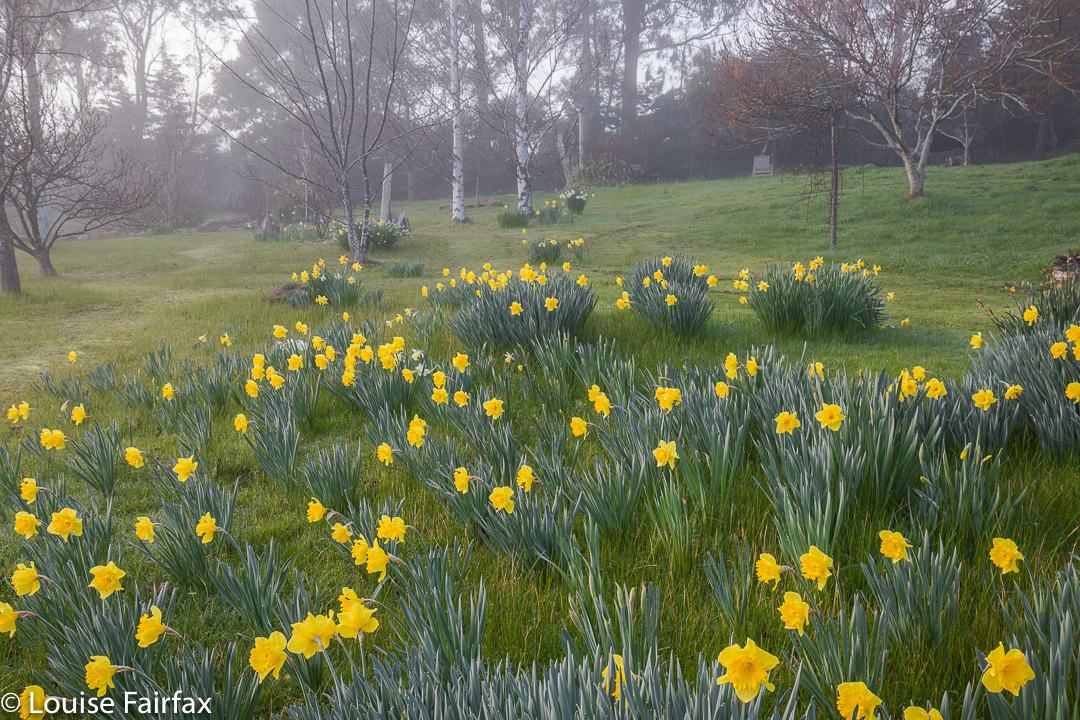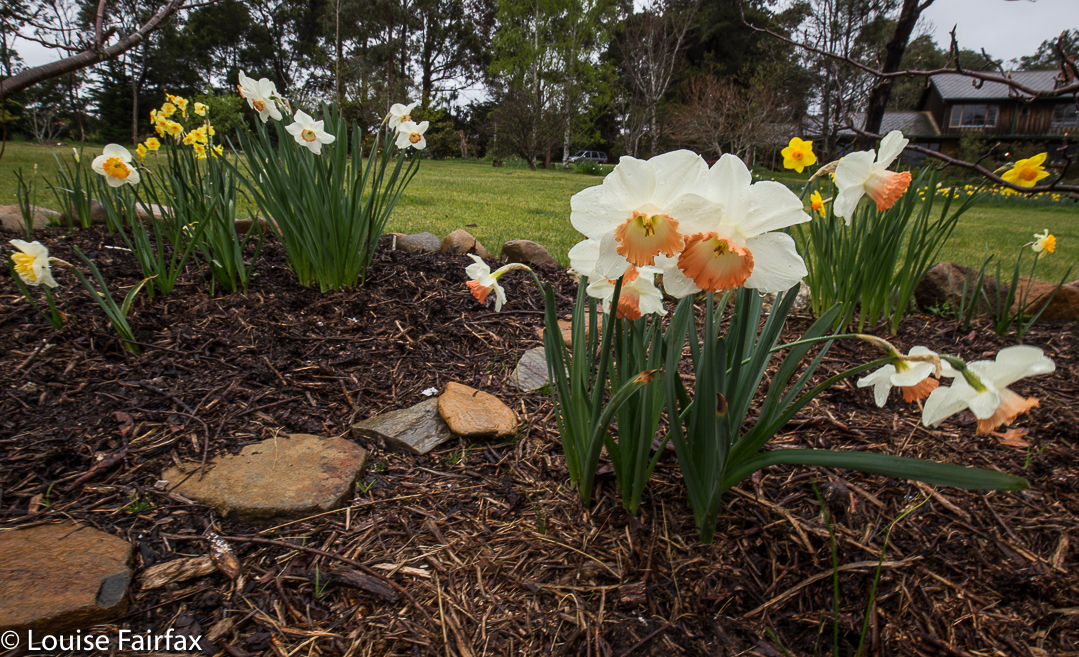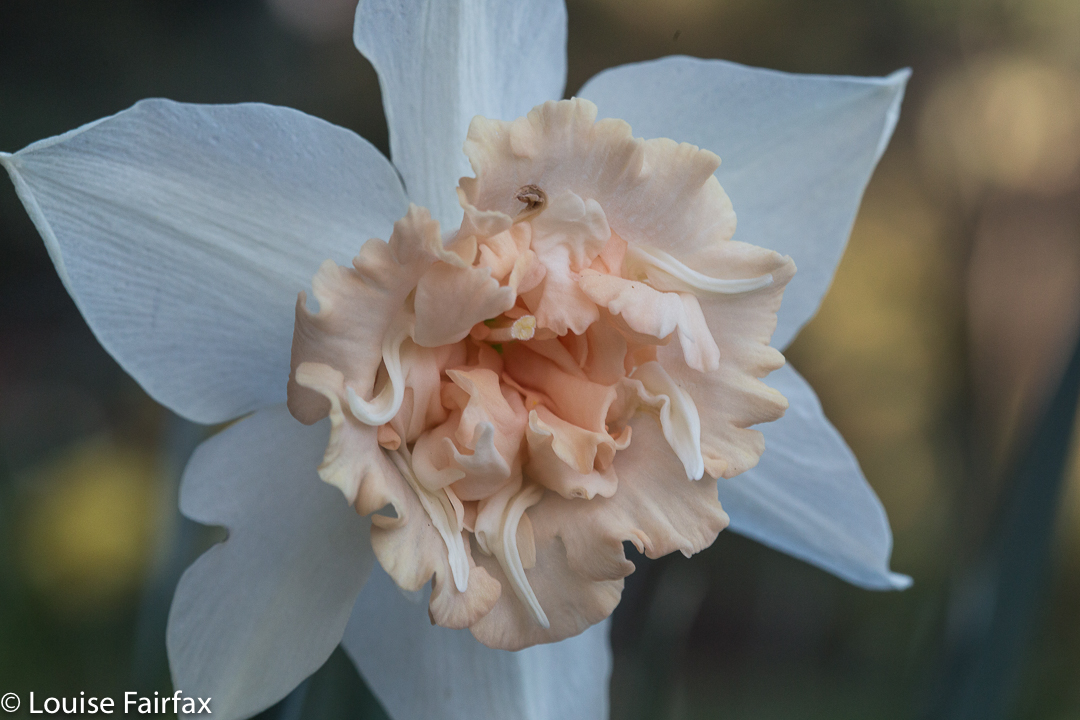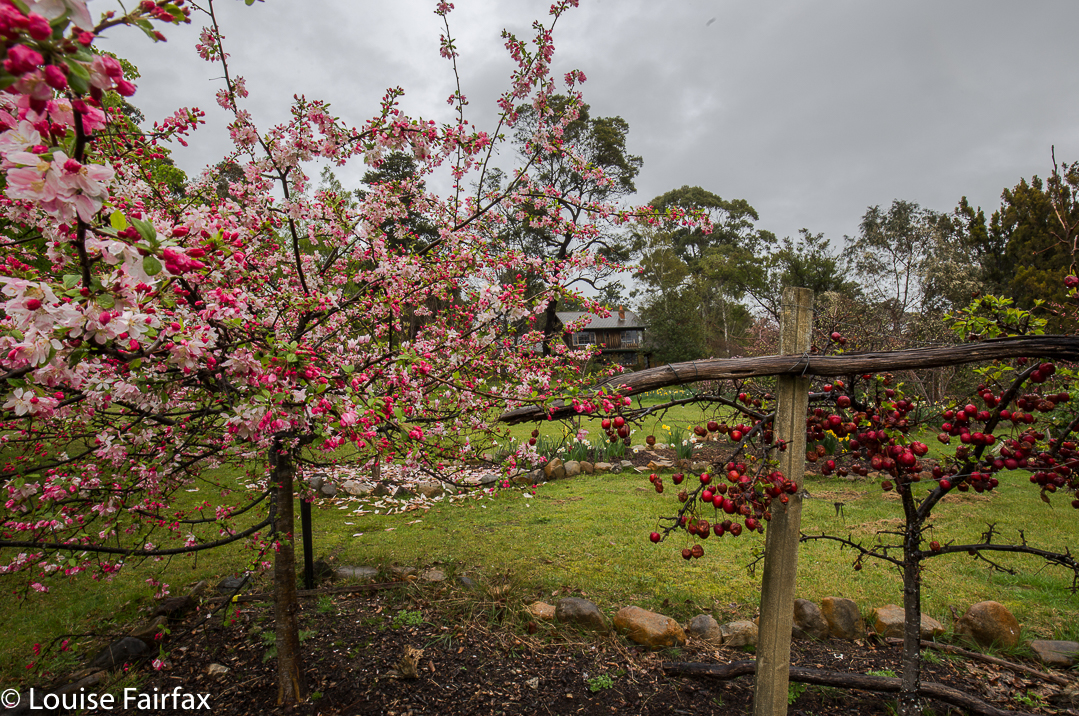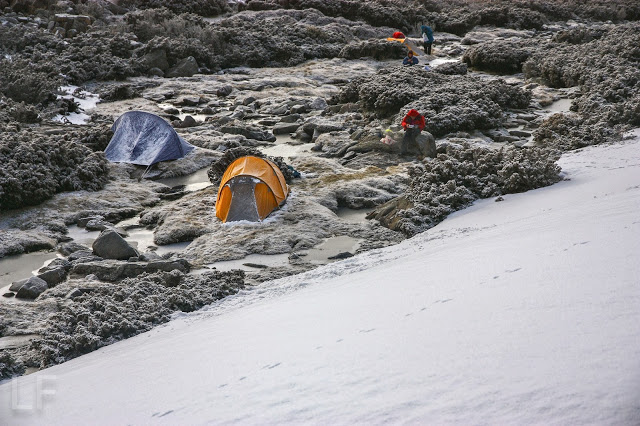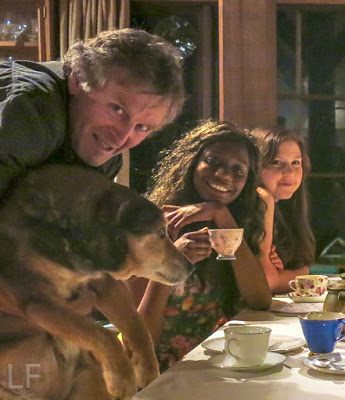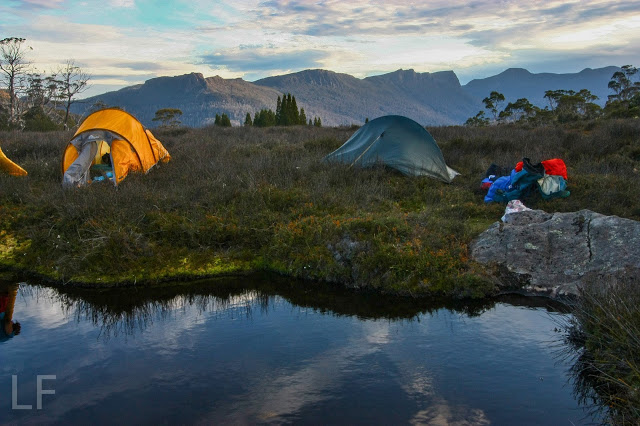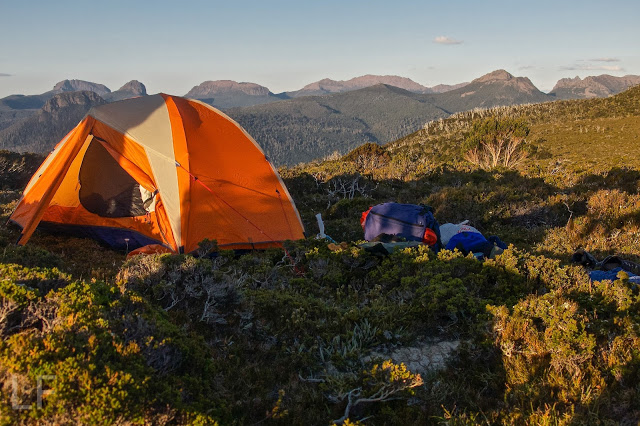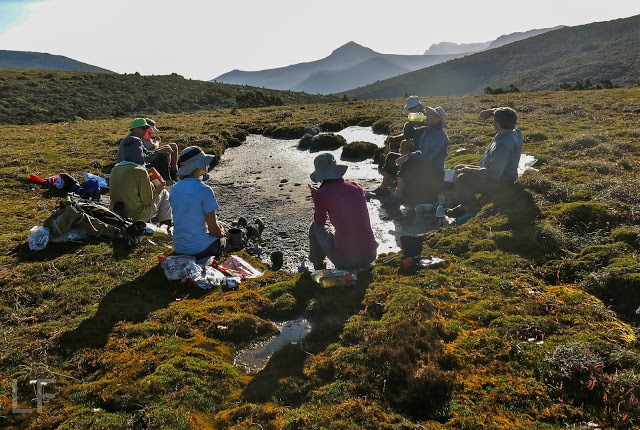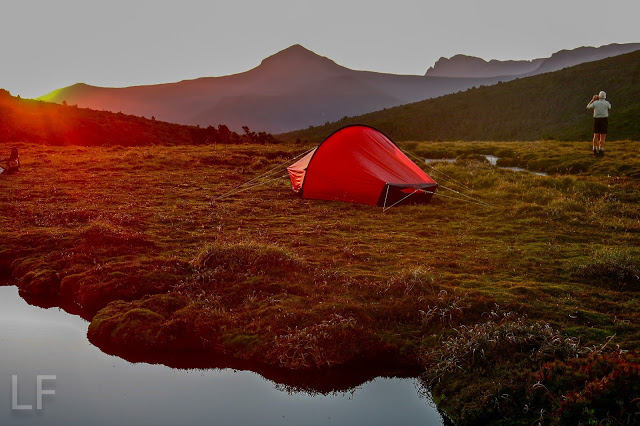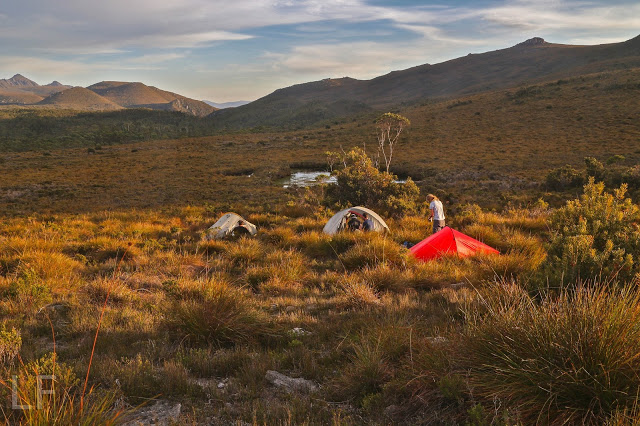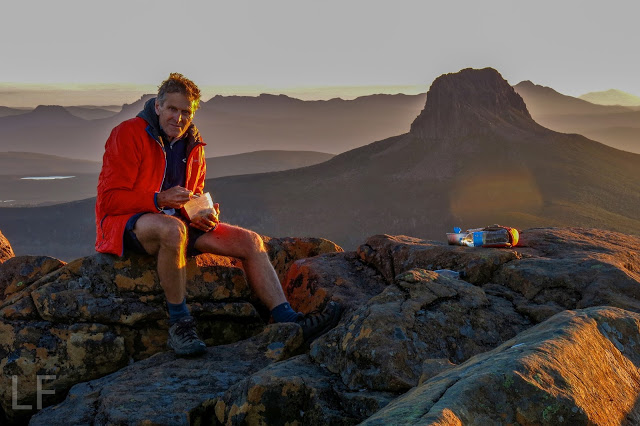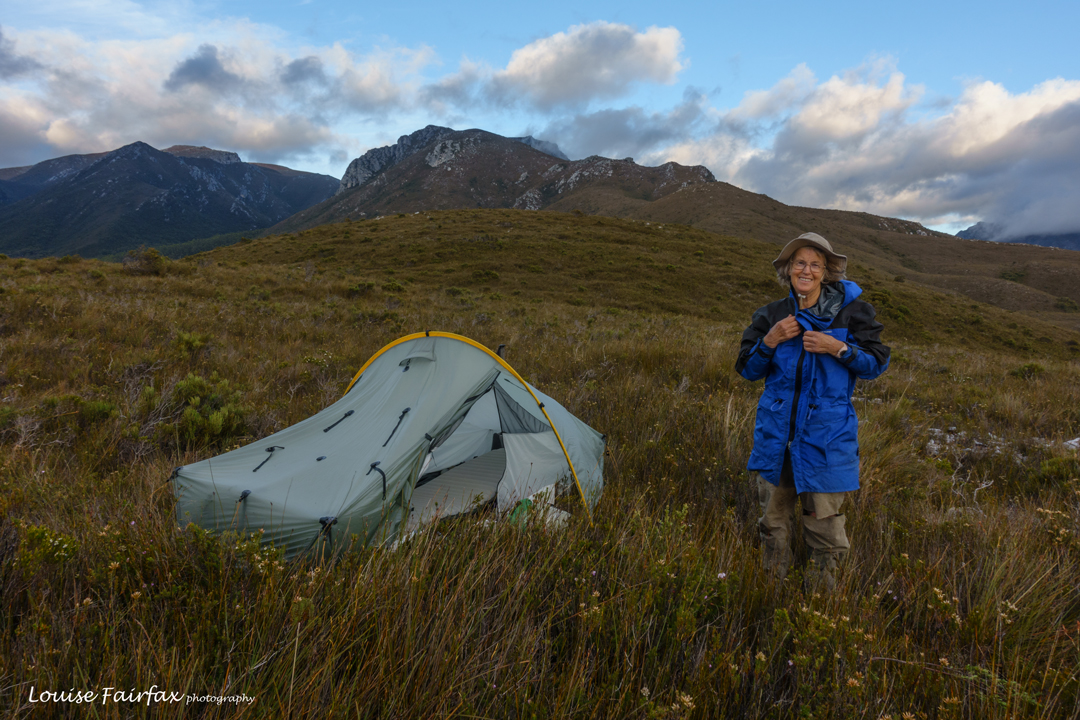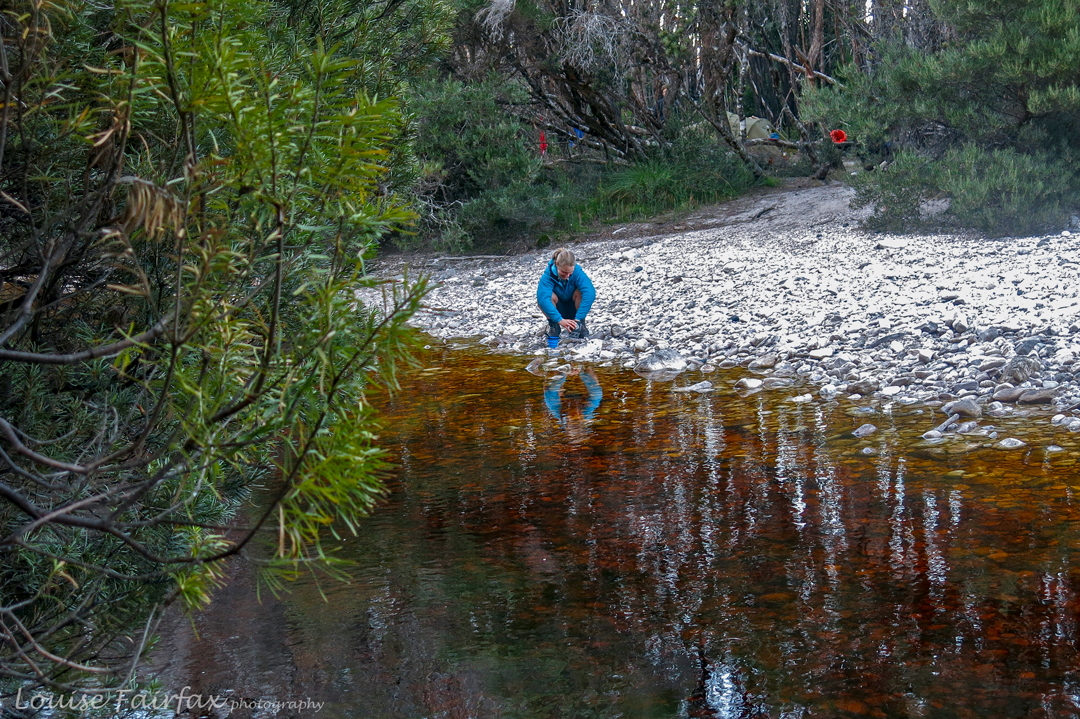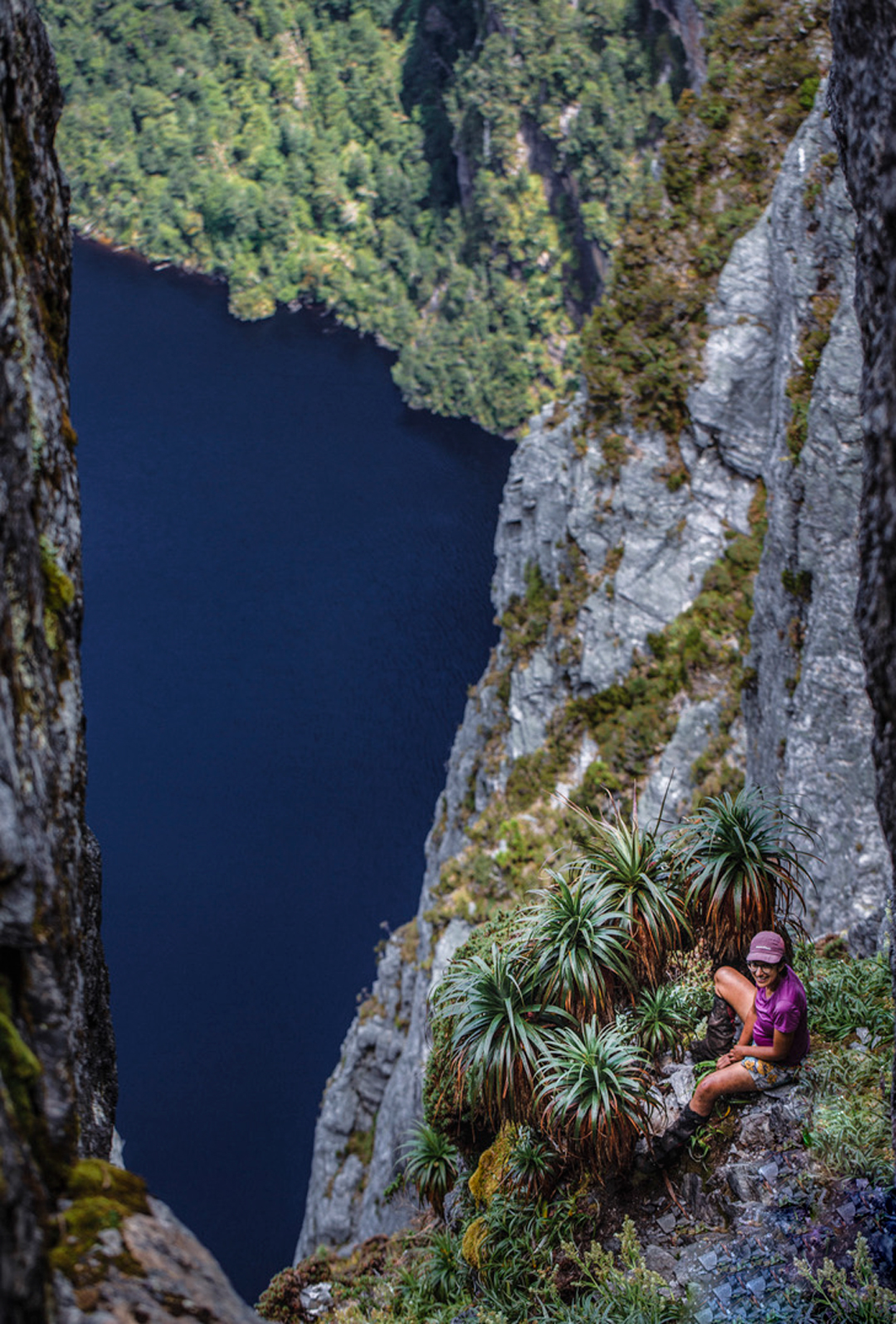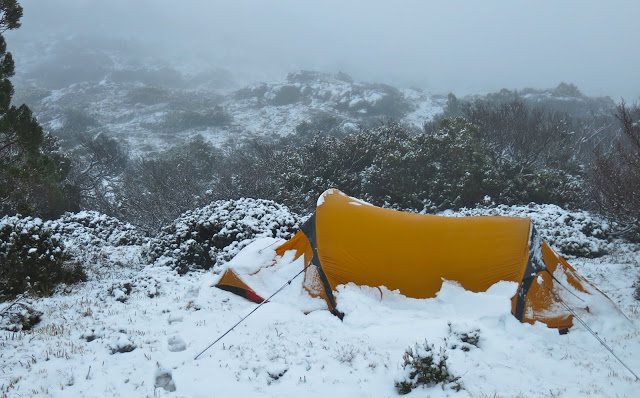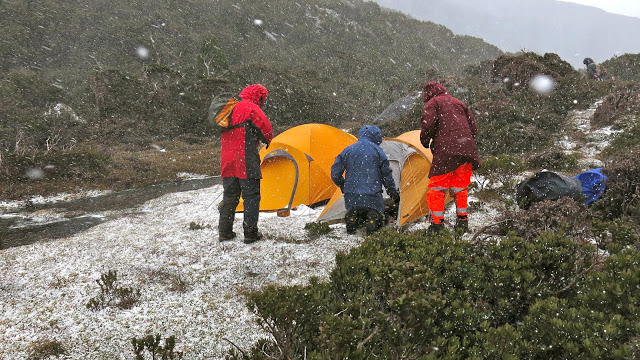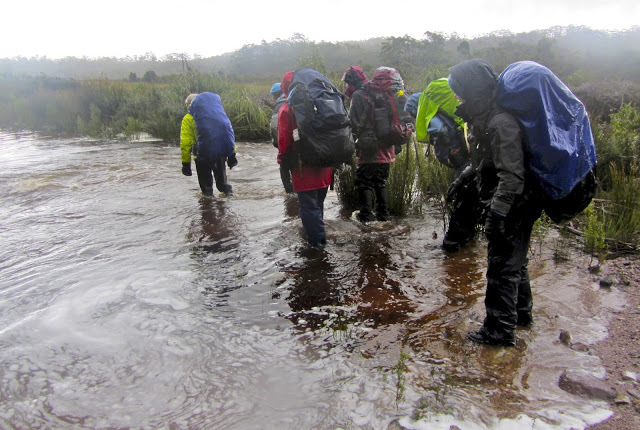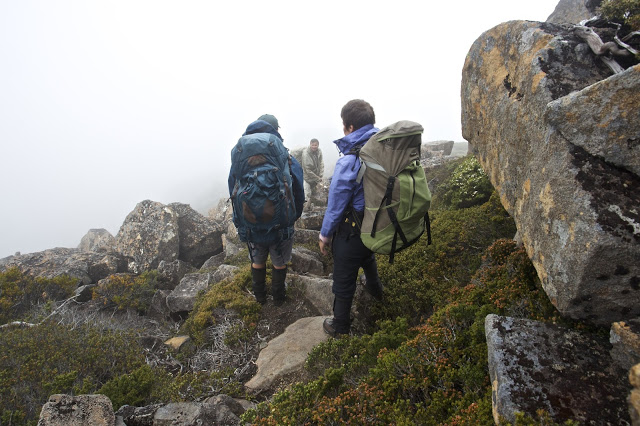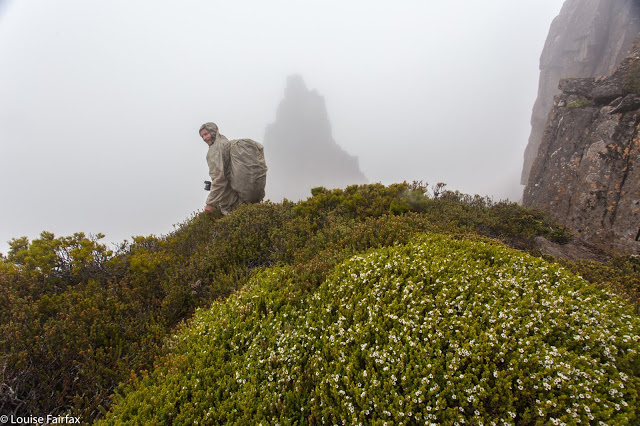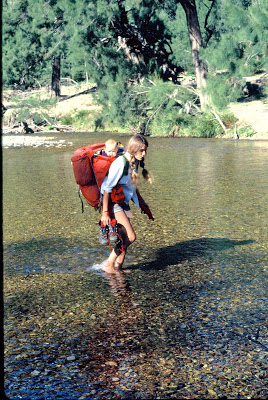Tasmania’s East Coast: a place of healing. Feb 2017
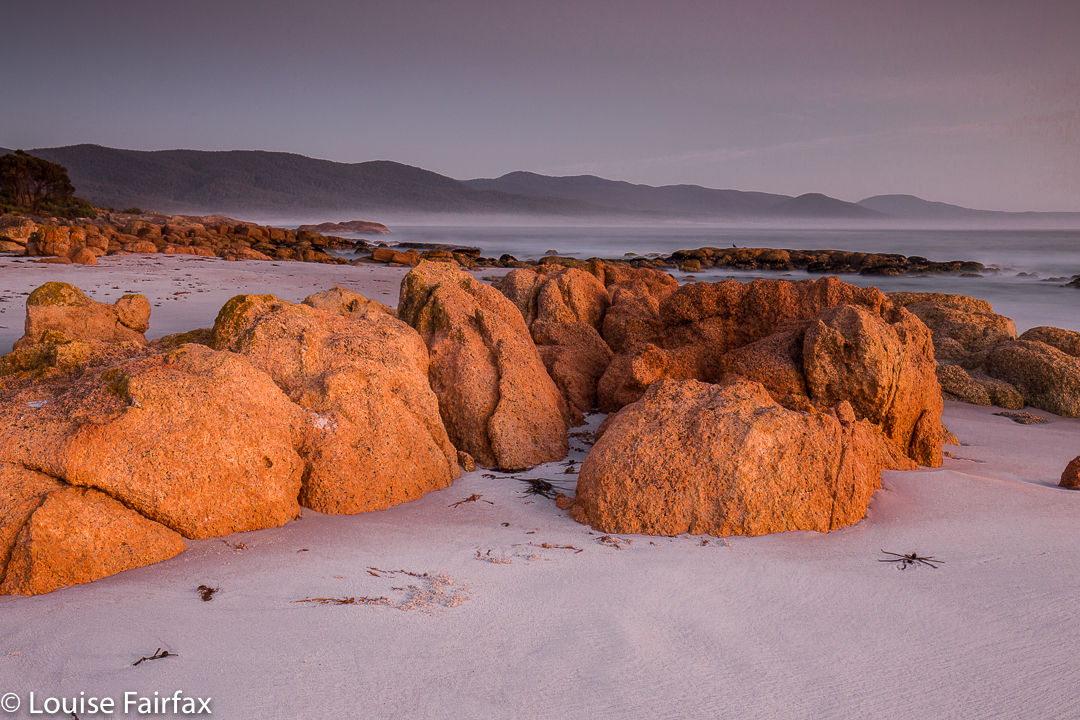 My brother-in-law, Ken, is on the phone, wanting to speak to Bruce. I ask, to clarify, “Where are you expecting us to be?”
My brother-in-law, Ken, is on the phone, wanting to speak to Bruce. I ask, to clarify, “Where are you expecting us to be?”
“Aahh, Intensive care.”
I feel a little guilty, because we are at the beach. My husband was let out of the ICU yesterday afternoon. I think I should justify my actions – my apparent recklessness and irresponsibility – so I begin: ” Do you know how, in books set in the eighteen- and nineteen-hundreds, patients with lung problems were sent to the coast for fresh sea air?”
Surely this casts my action in a good light.
“Yeees.”
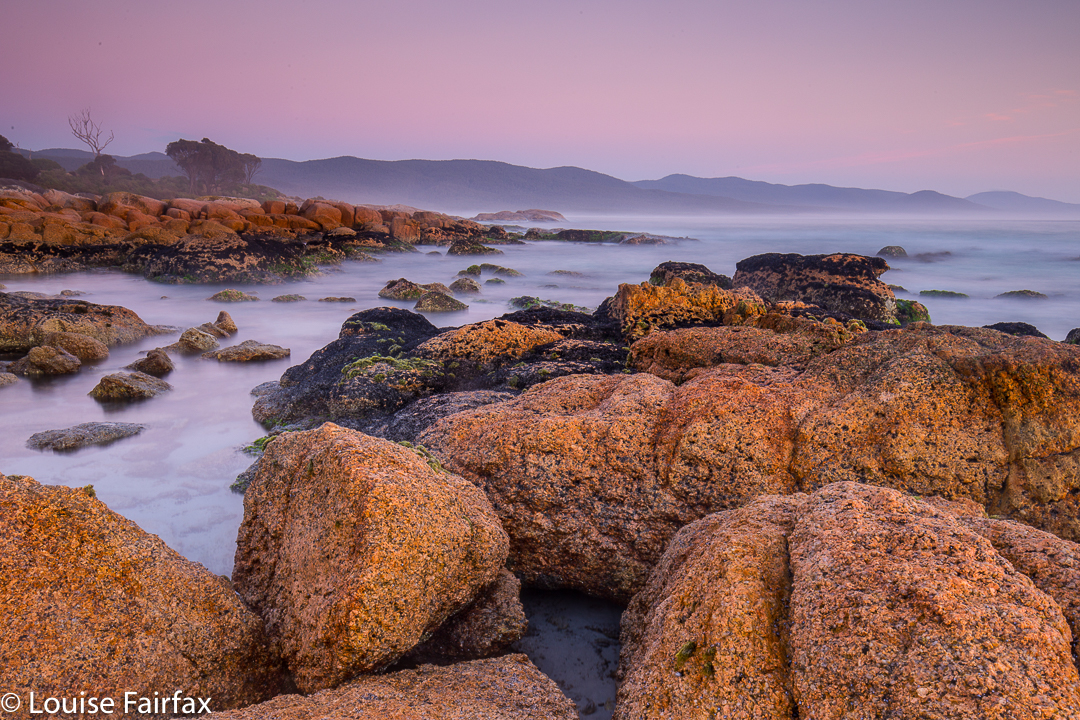
“Well, Bruce was released from the ICU and hospital late yesterday, so I packed our bags and drove us down here today. I felt a great need to be by the ocean.”
I nervously await his response. Judgement … or approval?
He was delighted. His voice was soft and warm, the vowels drawn out as he took in what I had said.
“Wow. I really can’t think of a nicer place to be to recover after you’ve been in hospital. He’ll get better there, for sure. Can you see the sea from where you are?”
“Yep, and we’re about to have a short walk along the sand and maybe even a paddle if the water’s warm enough.” (It was).
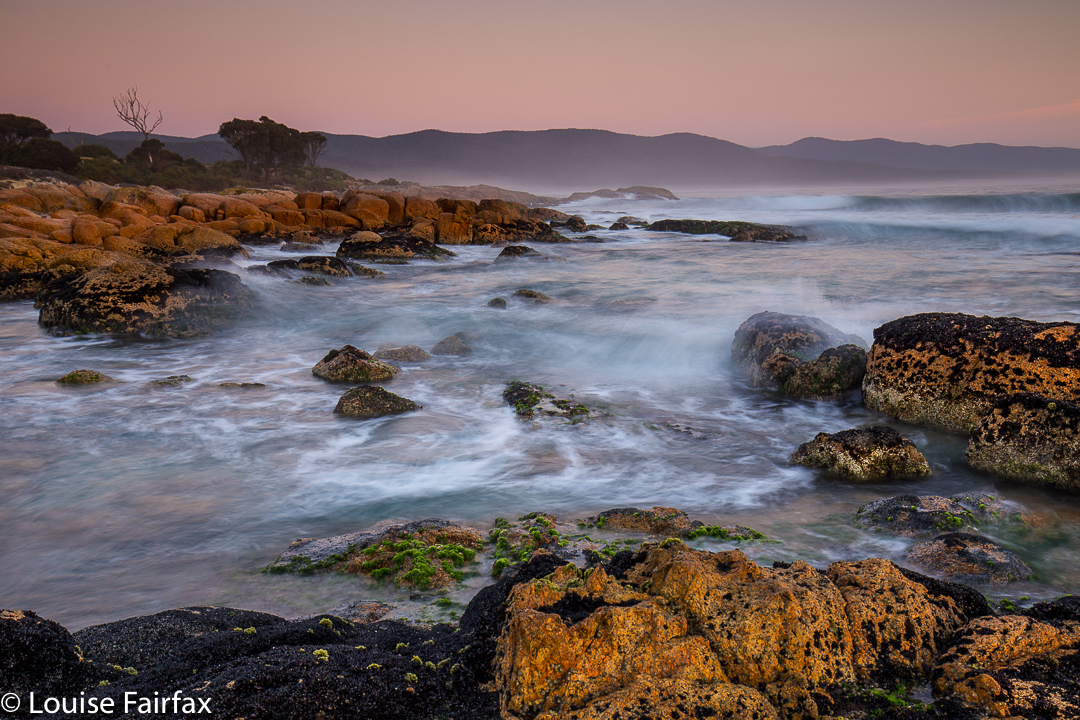
And thus my husband begins his convalescence. And, as Ken is a lawyer, I guess I’m not going to be sued for lack of appropriate care of my charge. It was a glorious day on which to be alive, and to celebrate life to the sound of crashing waves, the feel of white sand under bare feet, the smell of salt in the air, the sight of deep blue, and the sense of joie de vivre that being on the beach brings.
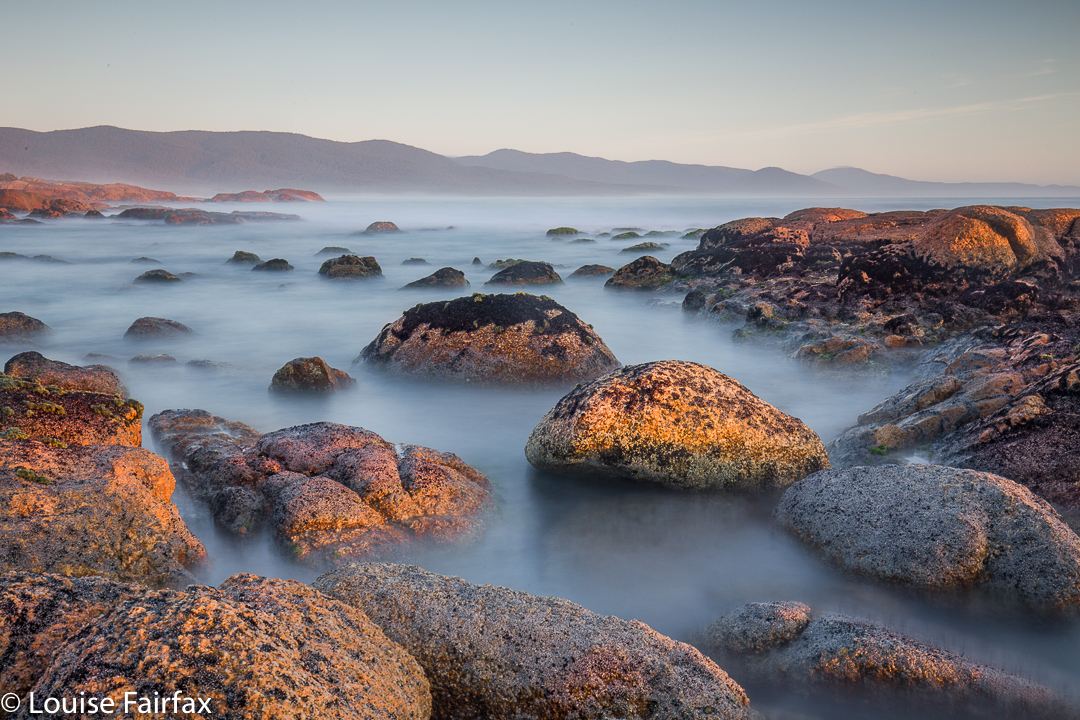
That evening, I was shooting long-exposure sunsets on a little beach, and quite an audience amassed. They were all very interested in what was on my screen at the end of each shot, and, as this is inherently interesting, I didn’t question their gathering, although the number was rather surprising. I reasoned that it was a beautiful evenening, but that, there not being much else on, watching an image flash on a screen every couple of minutes was about as good as it got. When I left, one of these admirers asked me if this was, indeed, the beach where all the penguins landed. Ohhh. Let down. They were there for penguins, and I just happened to be the avant-spectacle entertainment. I needed to get Bruce out of the night air, so wished them good luck and left.
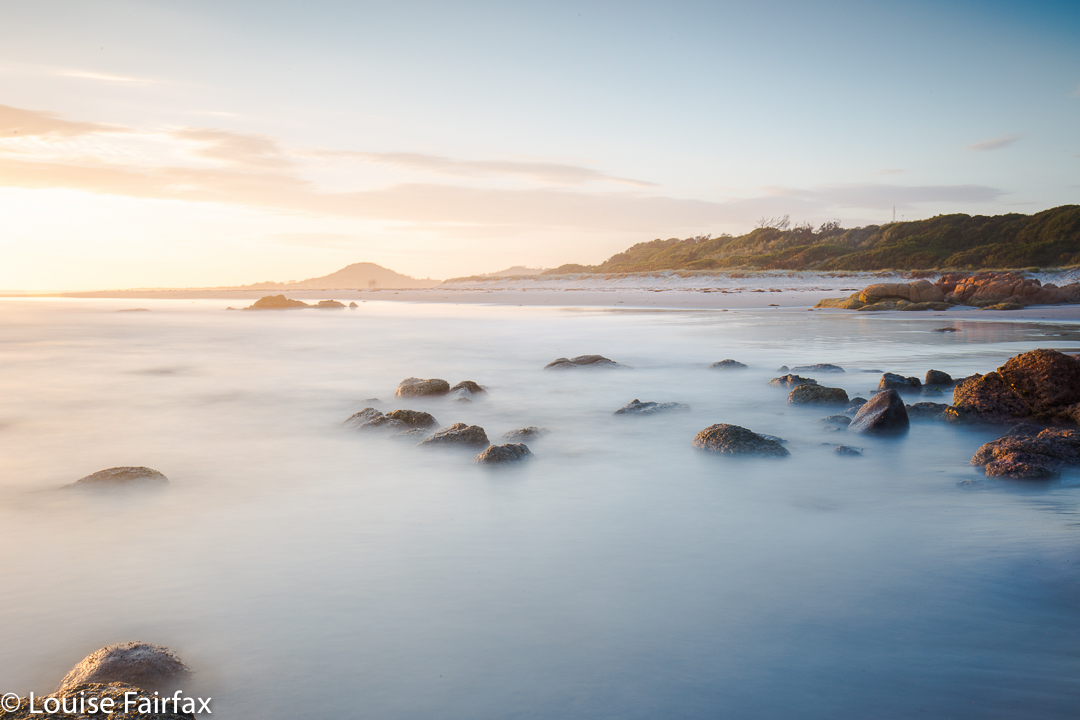
Next morning, I arose a good hour before dawn to get into position in the dark for my normal at-the-beach pre-dawn shoot, where I love to take very long exposure shots in the dark. Having the sensor exposed for several minutes enables it to capture the burgeoning light that it can register, but the eye cannot yet quite see. I had forgotten all about the penguins. I stood there, a rock, immobile for my shoot. While I was waiting for the first light of dawn, they began to waddle past, some about five centimetres from my bare toes, unaware that I was an animate object. This experience of being part of their environment was far more special than the dawn colours I captured (especially as I am having problems with my overly skinny tripod at present). Penguins observed from a cheap fake-wood stage strutting on grass and lit by false lighting just do nothing for me, but penguins nearly treading on my toes in the dark, creatures of nature together as they traverse the sand on their way to the sea, that does it for me completely. The magic of that morning will remain with me for the rest of my life.

